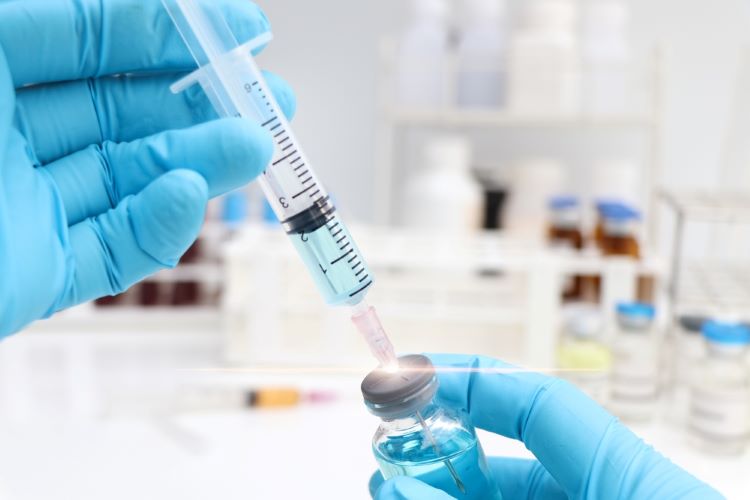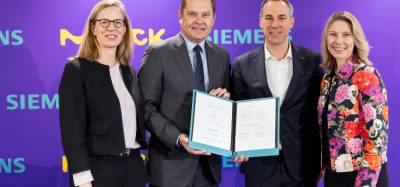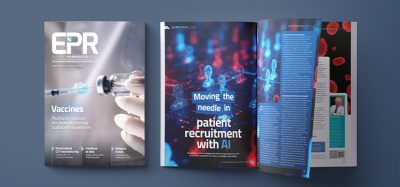Improving upstream fermentation with end-to-end automation
Posted: 3 September 2024 | Catherine Eckford (European Pharmaceutical Review) | No comments yet
The automated system “significantly improved process control”, resulting in greater productivity of a small-molecule drug substance.


Researchers from Sanofi Vaccines have developed an automated end-to-end process that enables real-time in-line monitoring and control of metabolites during bioprocess development. Utilising process analytical technology (PAT) and quality by design-focused principles, the metabolite feed-back control system offers an improved upstream fermentation process in stirred-tank fermentors. This process is representative of common microbial fermentation in the pharmaceutical industry, according to the authors.
Leveraging PAT linked to digital networks “enables robust and adaptable automation capability that has become a major focus in the digital transformation of pharmaceutical manufacturing”, the researchers explained.
However, microbial-based fermentation results in numerous different challenges for in-line spectroscopy-based PAT, Reid et al. highlighted.
Process of the study utilising PAT
In the study, mid-infrared (MIR) spectroscopy connected to an ATR probe was used as an in-line PAT for fermentation.
The two main nutrients developed for independent control in the stirred-tank fermenters were glucose and monosodium glutamate (MSG, or glutamate)
Reid et al. specified that the ability to rapidly develop this quantitation method “was instrumental for project acceleration and heightened process control and automation”.
the end-to-end automation provided by the digital PAT and PIMS network showed capability to be rapidly adaptable to process development”
Promisingly, the end-to-end automation provided by the digital PAT and process information management system (PIMS) network demonstrated capability to be “rapidly adaptable to process development: different production scales, media compositions, growth profiles, and metabolite setpoints across and within fermentation runs”.
Notably, “significantly improved process control by 20-fold [and enabled a] significant 10-fold improvement of yield for a small-molecule drug substance”, the authors wrote.
Potential applications
Reid et al. suggested that potential future applications of the PAT-connected system could include “soft sensing to enable the determination of the appropriate time to collect crude harvest, as well as the use of MIR spectroscopy for hybrid models of fermenter processes”. For example, the study data suggested the potential of MIR spectroscopy being used as a soft sensor for fermentation during process development.
The paper was published in Journal of Industrial Microbiology and Biotechnology.
Related topics
Biopharmaceuticals, Bioprocessing, Bioproduction, Continuous Manufacturing, Data Analysis, Drug Manufacturing, Industry Insight, Manufacturing, Microbial Biological Manufacturing, Research & Development (R&D), Technology, Therapeutics









